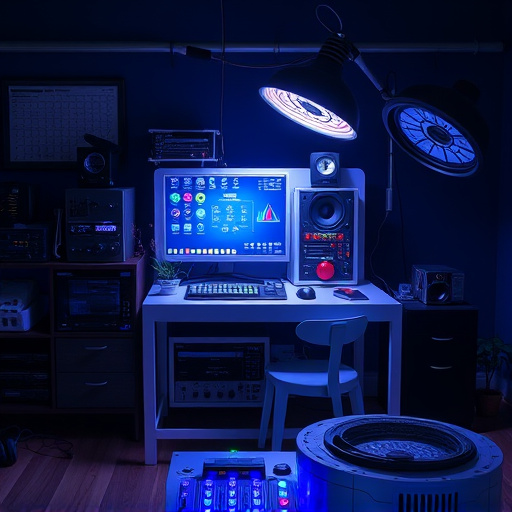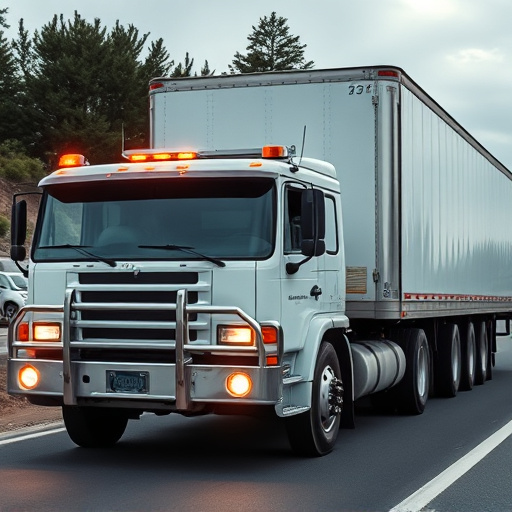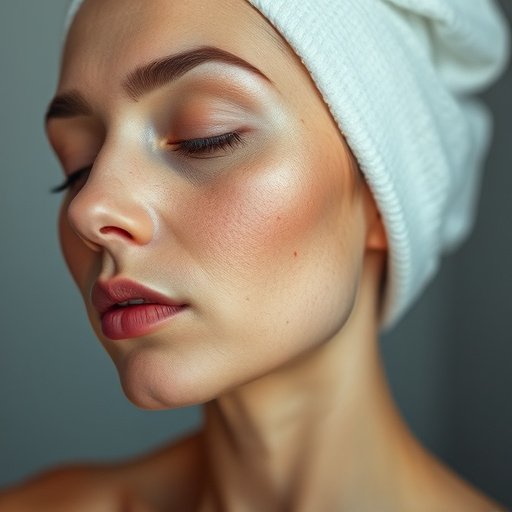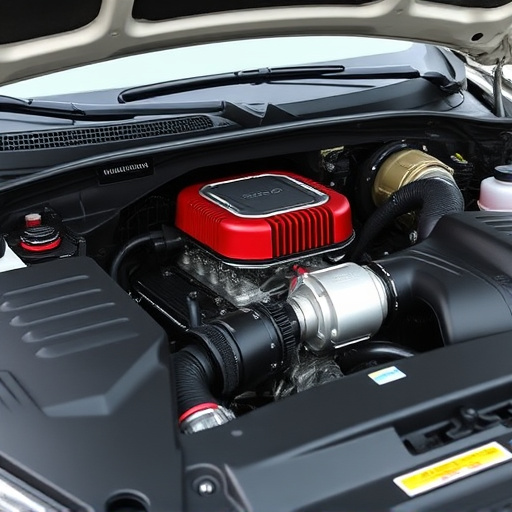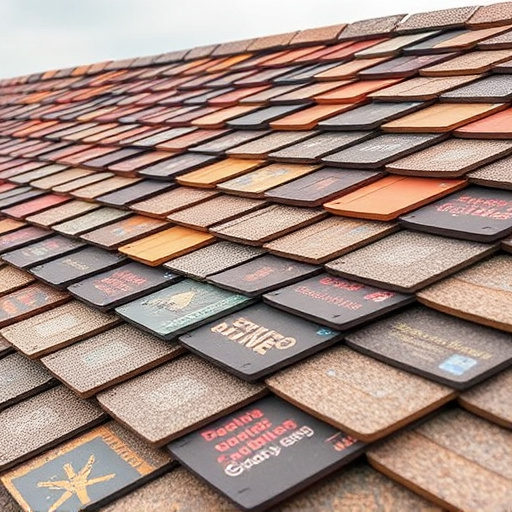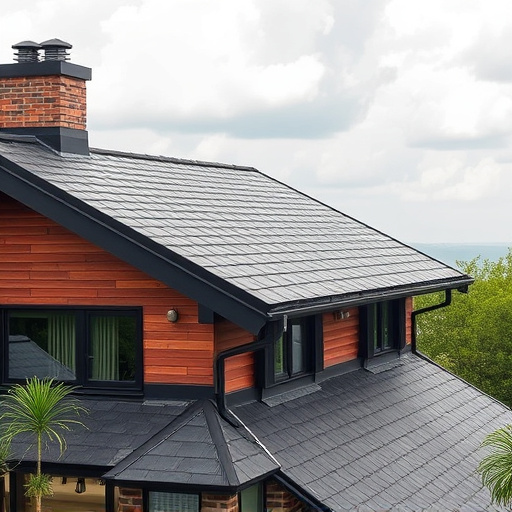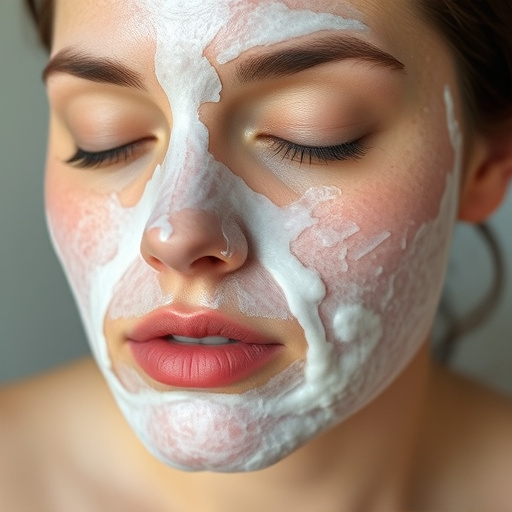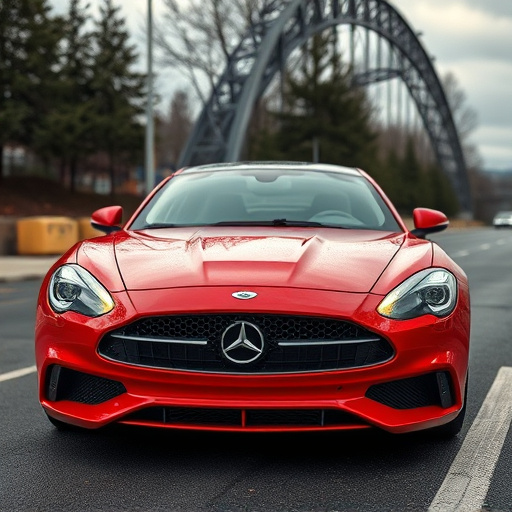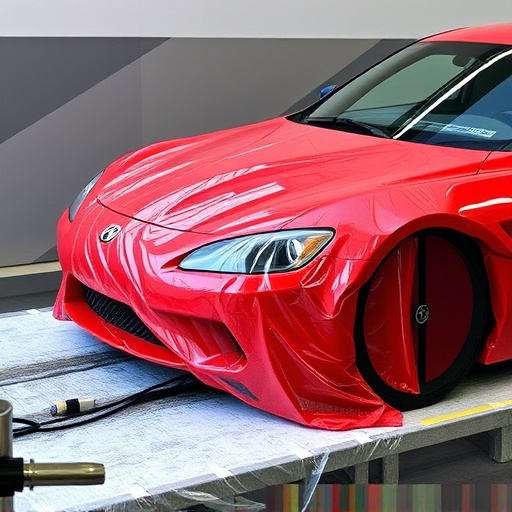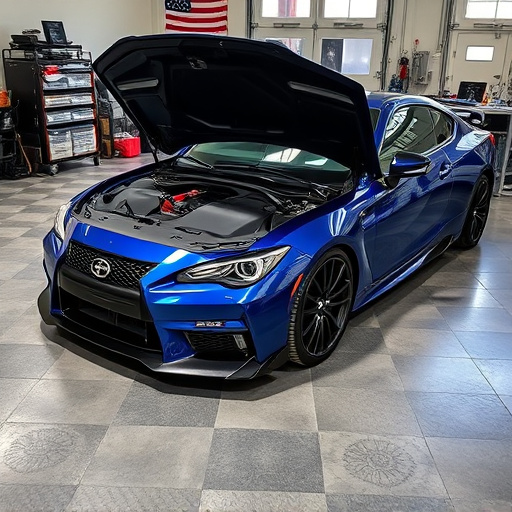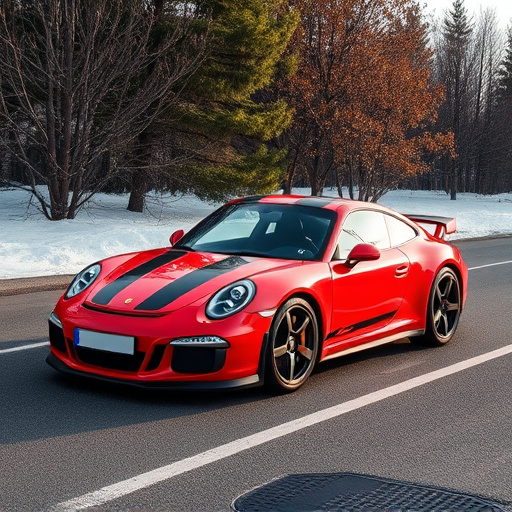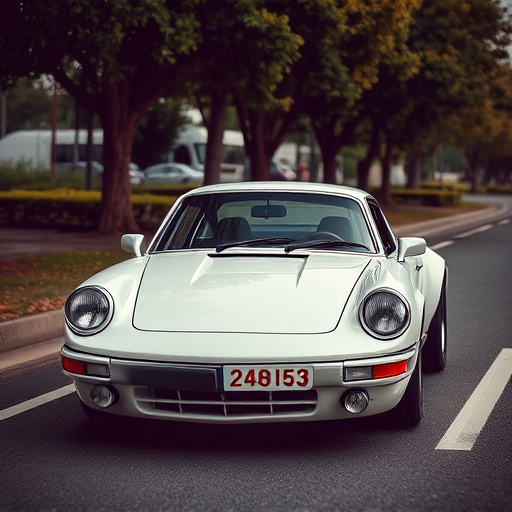Scratch-resistant coatings protect diverse surfaces from cars to electronics, with two main types: hard (ceramic, diamond) for high durability and soft (polyurethane, silicone) for flexibility. Selection requires considering surface type, user preferences, aesthetic goals, and desired protection level, balancing functionality and visual appeal. The right coating choice is crucial based on application, offering tailored solutions for electronics, vehicles, windows, and custom graphics.
Choosing the right scratch-resistant coating can transform your surface protection, enhancing aesthetics and longevity. This comprehensive guide explores the intricate world of scratch-resistant coatings, delving into their types, applications, and the critical factors guiding selection. From understanding material science to navigating diverse applications, you’ll discover how to choose the ideal coating tailored to your unique needs, ensuring superior durability and visual appeal.
- Understanding Scratch Resistant Coatings: Types and Applications
- Factors to Consider When Choosing a Coating Solution
- Selecting the Ideal Coating for Your Specific Needs
Understanding Scratch Resistant Coatings: Types and Applications
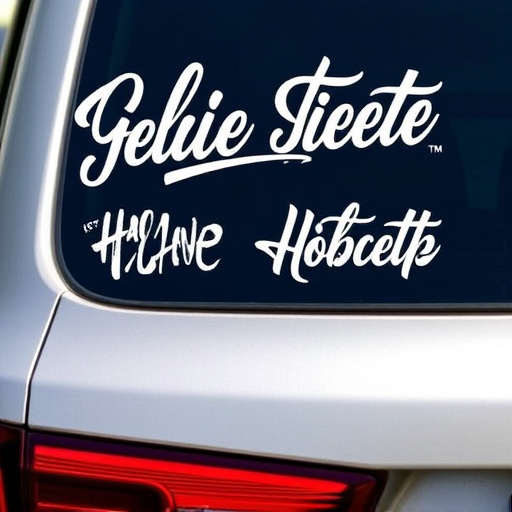
Scratch resistant coatings have become an essential part of modern protection strategies for various surfaces, from automotive finishes to delicate electronic screens. These advanced materials are designed to withstand everyday wear and tear, ensuring that original appearances remain intact. Understanding the different types is crucial when choosing the right solution for specific needs.
There are primarily two broad categories: hard coatings and soft coatings. Hard coatings, like ceramic or diamond-like carbon (DLC), offer exceptional durability and resistance against scratches and impacts. They are ideal for high-traffic areas and provide a glossy, protective layer. Soft coatings, such as polyurethane or silicone, are more flexible and less brittle, making them suitable for surfaces prone to chipping or cracks. Additionally, custom graphics can be applied over these coatings, enhancing aesthetics while still providing scratch protection, especially in the case of professional PPF (Paint Protection Film) installations. Heat rejection coatings are another specialized type, designed to manage and reduce heat buildup, which is beneficial for automotive applications.
Factors to Consider When Choosing a Coating Solution
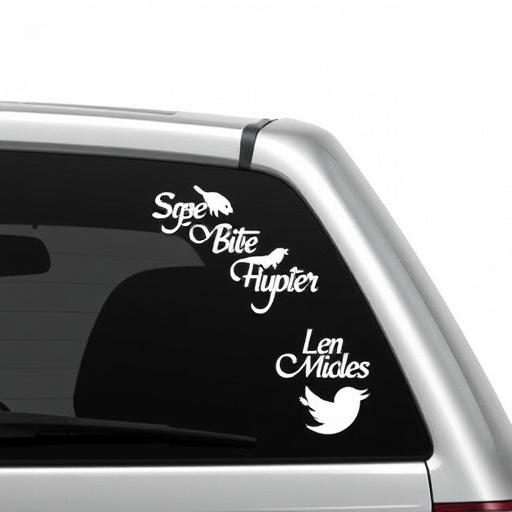
When selecting a scratch-resistant coating solution, several key factors come into play. Firstly, consider the surface type you intend to coat—whether it’s automotive paint, glass, or another material—as different coatings are designed for specific applications. Each coating type offers varying levels of durability and protection against scratches, so understanding your surface is crucial. For instance, a durable coating for car exteriors should withstand road conditions, while a protective layer for electronic screens needs to be more adept at resisting small debris and everyday wear.
Additionally, the aesthetic preferences of the end-user are significant. While some coatings offer exceptional scratch resistance, they might not provide the desired visual appeal or color accuracy, especially in the case of custom graphics or vehicle wraps. The compatibility of the coating with existing finishes and the ability to achieve a smooth, seamless application are essential for maintaining the overall aesthetics, particularly in automotive detailing. This is where custom graphics and vehicle wraps require careful consideration as they demand coatings that not only resist scratches but also allow for intricate design work without compromising visual quality.
Selecting the Ideal Coating for Your Specific Needs
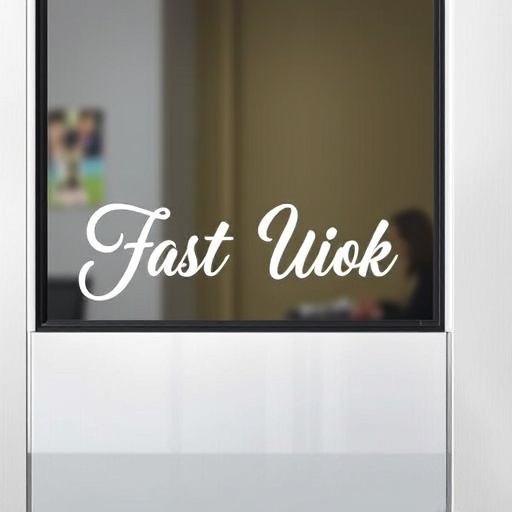
When selecting a scratch-resistant coating, understanding your specific needs is paramount. Different materials and finishes offer varying levels of protection against scratches, scrapes, and everyday wear and tear. For instance, if you’re seeking to preserve the pristine condition of your high-end electronics, a robust, hard coat acrylic might be ideal due to its exceptional durability. Conversely, for automotive applications, custom vehicle wraps provide an excellent solution, offering both scratch resistance and the ability to customize your vehicle’s look with vibrant colors or patterns.
In the realm of window tinting, specialized coatings are designed not only to reduce glare but also to withstand the frequent opening and closing of windows, ensuring a long-lasting protective barrier against scratches. The choice ultimately depends on whether you prioritize aesthetics, functionality, or both. By considering factors like environment, usage, and desired outcome, you can select the most suitable scratch-resistant coating type for your specific requirements.
When selecting a scratch-resistant coating, understanding your application needs, environmental factors, and desired aesthetic is paramount. By considering these aspects, you can choose from various coatings, each with unique properties, ensuring optimal performance and protection for your surfaces. Whether it’s for electronics, automotive finishes, or architectural glass, the right scratch-resistant coating will enhance durability and visual appeal, offering a long-lasting solution tailored to specific requirements.
